Handheld maker Ayaneo has announced an upcoming handheld gaming PC sporting a dedicated GPU inside. The Ayaneo Next 2 will seemingly ship AMD's top-of-the-line Ryzen AI Max+ 395 APU, featuring a Radeon 8060S GPU with 40 CUs.
The new model will be one of the first regular handheld gaming PCs to come with this level of performance. The GPD Win 5 has also been announced, sporting the same chip, but compromises by opting for an external battery. The Ayaneo Next 2 by contrast, will come with a built-in "high-capacity" battery.
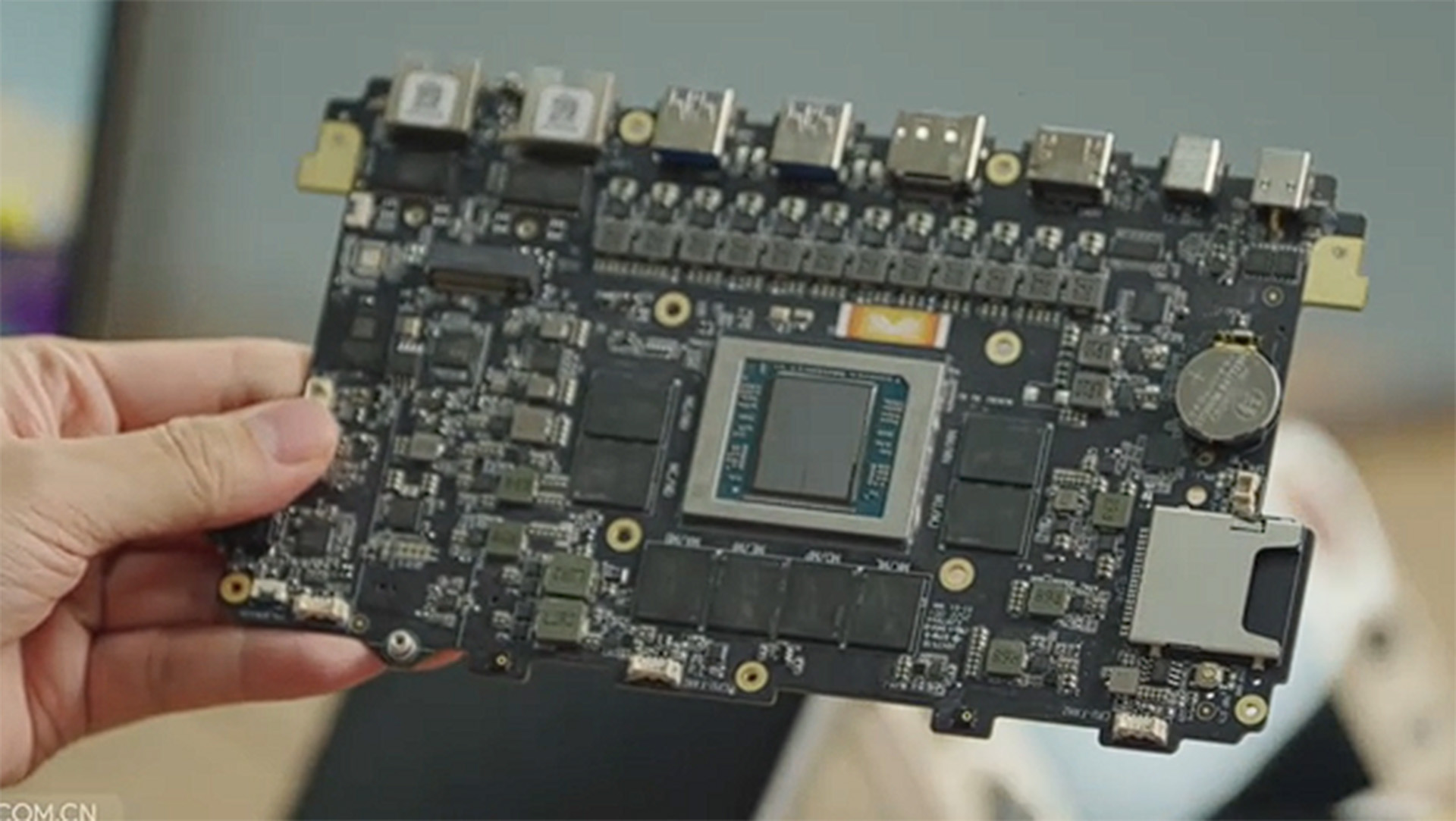
Ayaneo showed off the upcoming handheld's internal PCB, sporting a compact laptop-based dual-fan cooling solution, and a monster 12-phase power delivery design. The center of the PCB houses the Ryzen AI Max+ 395 APU and its associated eight LPDDR5x memory modules surrounding the chip.
The clamshell has been updated with an interface layout inspired by the Steam Deck, featuring joysticks and touchpads on either side of the screen. The outgoing Ayaneo only has joysticks on either side, lacking pads. Other specs for the upcoming Next 2 are slim, but Ayaneo claims the console will boast an "exclusive large-screen experience," "breakthroughs in both battery life and thermal design," and the aforementioned integrated high-capacity battery.
All of these design changes will be required to run AMD's relatively power-hungry flagship APU. The Ryzen AI Max+ 395, codenamed Strix Halo, is the most powerful x86-based APU on the market currently, featuring 16 Zen 5 CPU cores, 64MB of L3 cache, and a configurable TDP ranging from 45-120W (the default TDP is 55W) on the CPU and power consumption side of things.
The 395's integrated GPU (the Radeon 8060S) boasts dedicated GPU performance, featuring a whopping 40 CUs operating at 2,900 MHz and based on the RDNA 3.5 architecture. Rumors suggest the 8060S has performance capabilities in the range of the mobile RTX 4060 or RTX 4070.
The Ryzen AI Max+ 395 was never designed to be housed in a handheld PC chassis, unlike AMD's own Z1 and Z2 series counterparts, but somehow, handheld makers such as Ayaneo have figured out a way to squeeze the APU into a handheld design that works. The Ayaneo Next 2 has already been delayed once, due to design complications, showing the extra dedication required to make such a device fully functional. At the very least, it's going to be interesting to see what kind of battery life this powerful handheld can deliver when it arrives.
Follow Tom's Hardware on Google News to get our up-to-date news, analysis, and reviews in your feeds. Make sure to click the Follow button.

 4 months ago
54
4 months ago
54
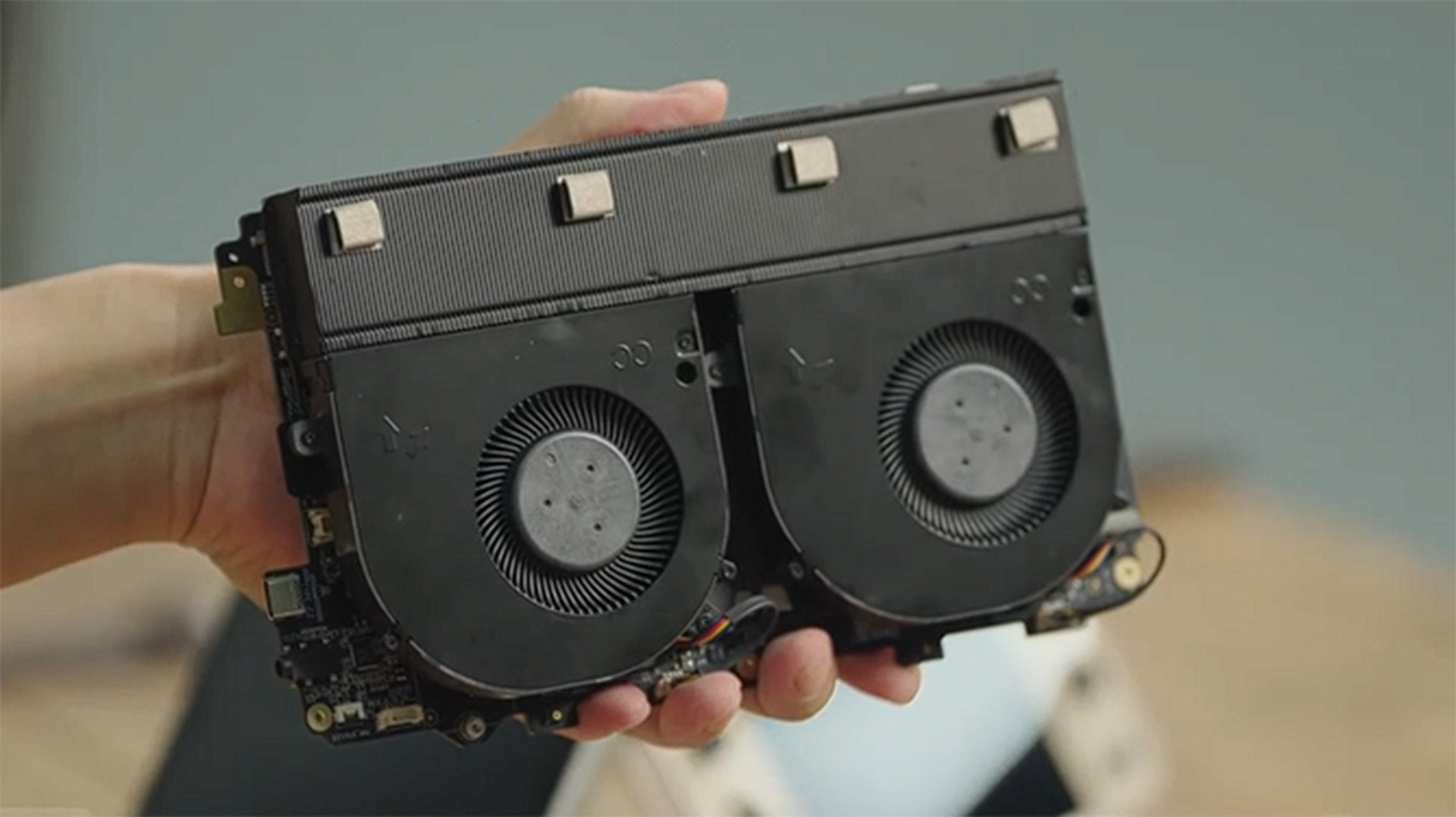
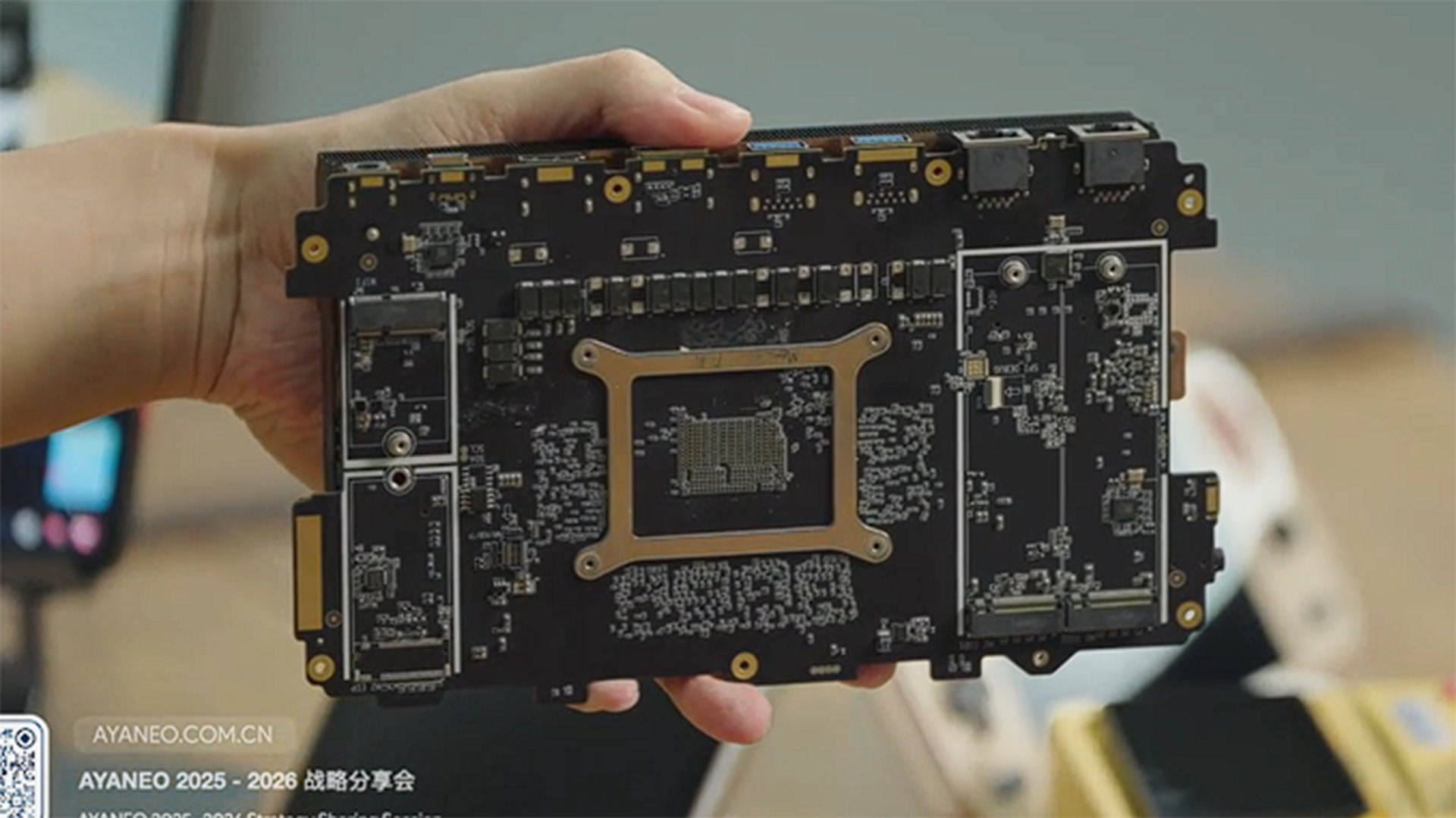
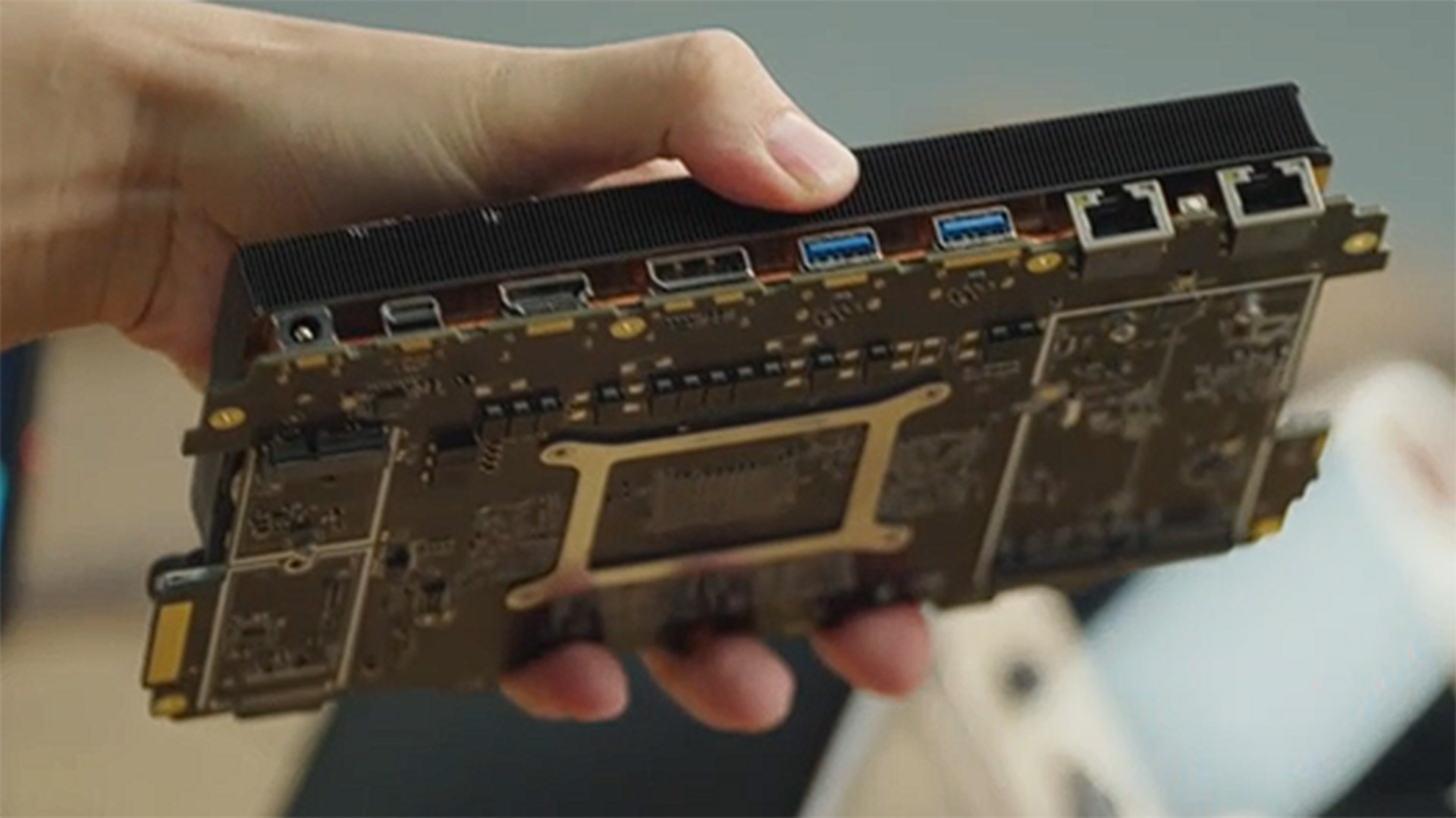

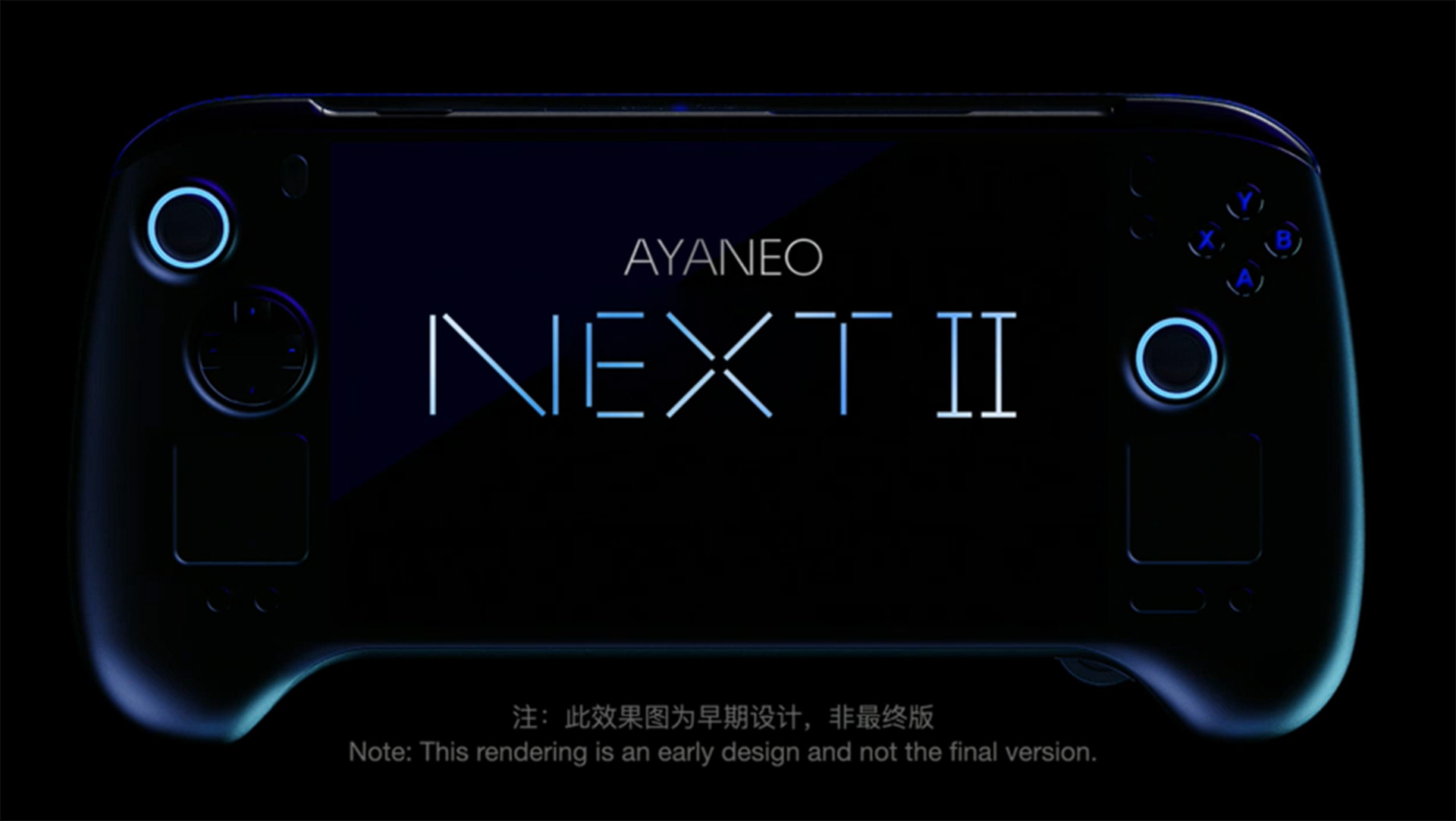


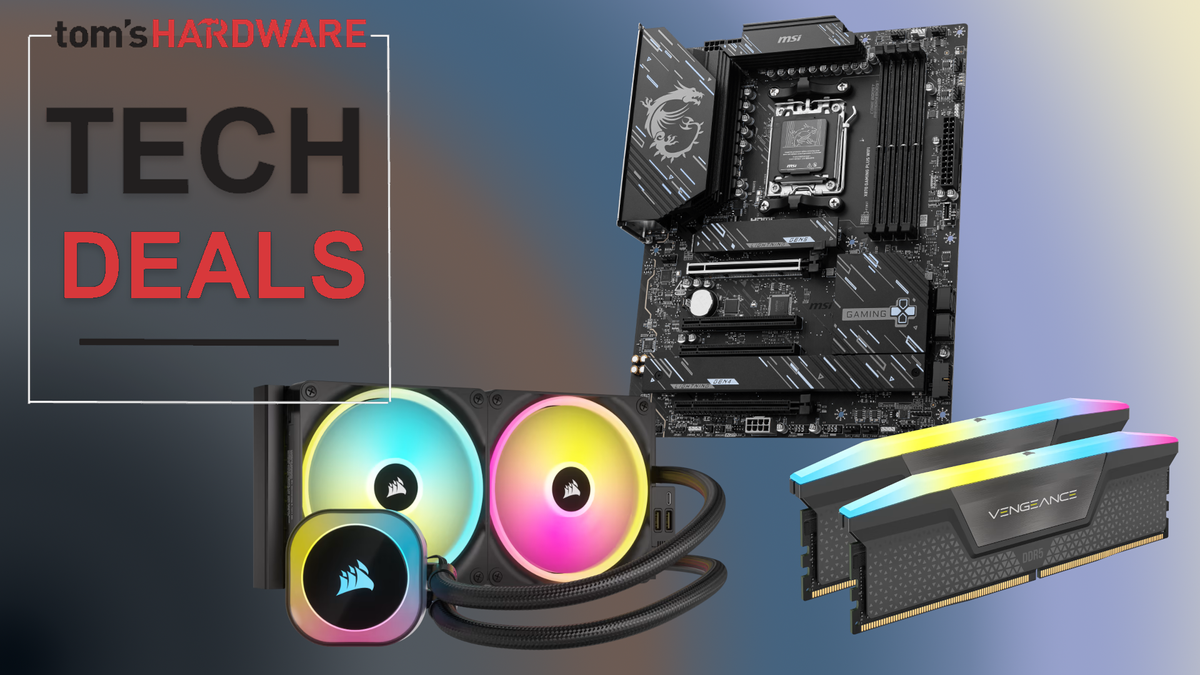
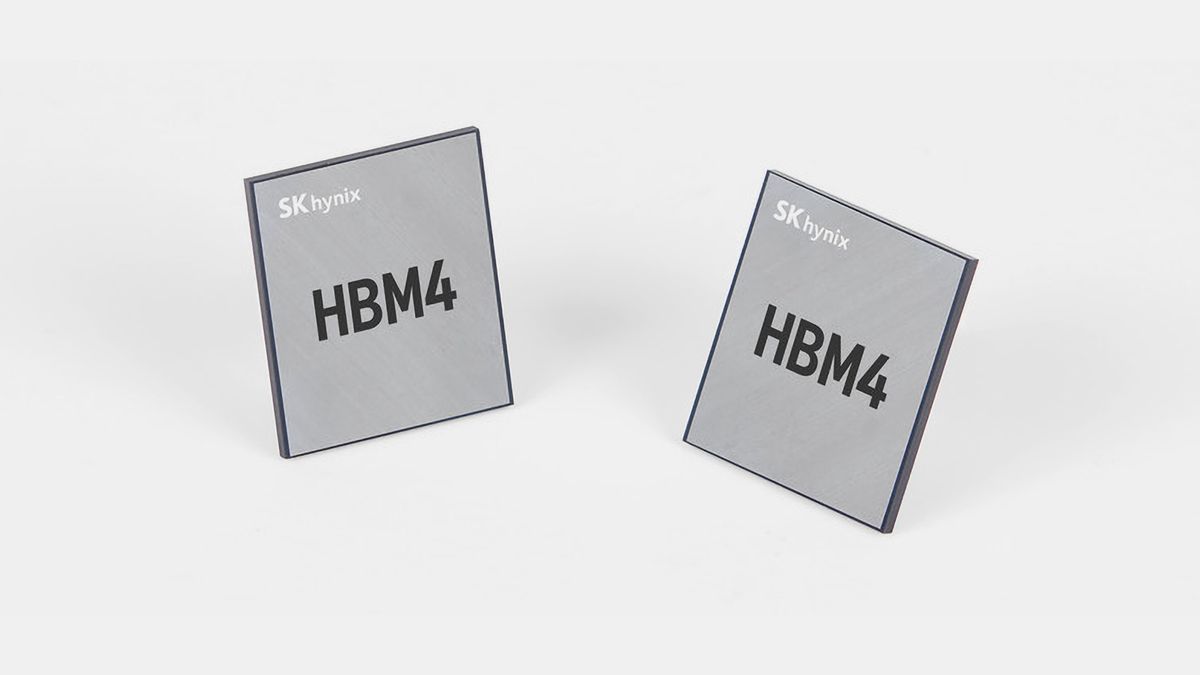


 English (US) ·
English (US) ·